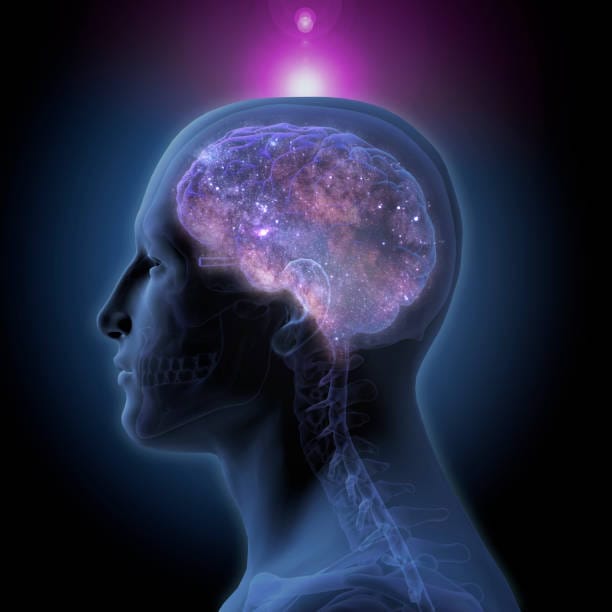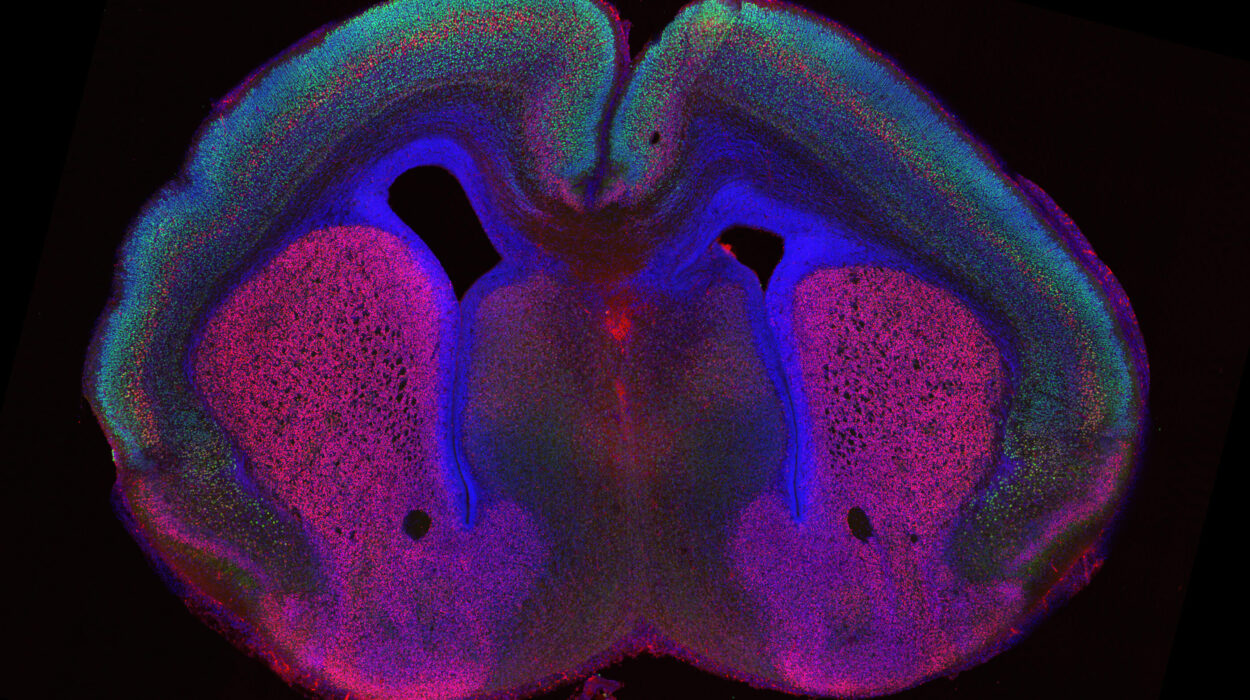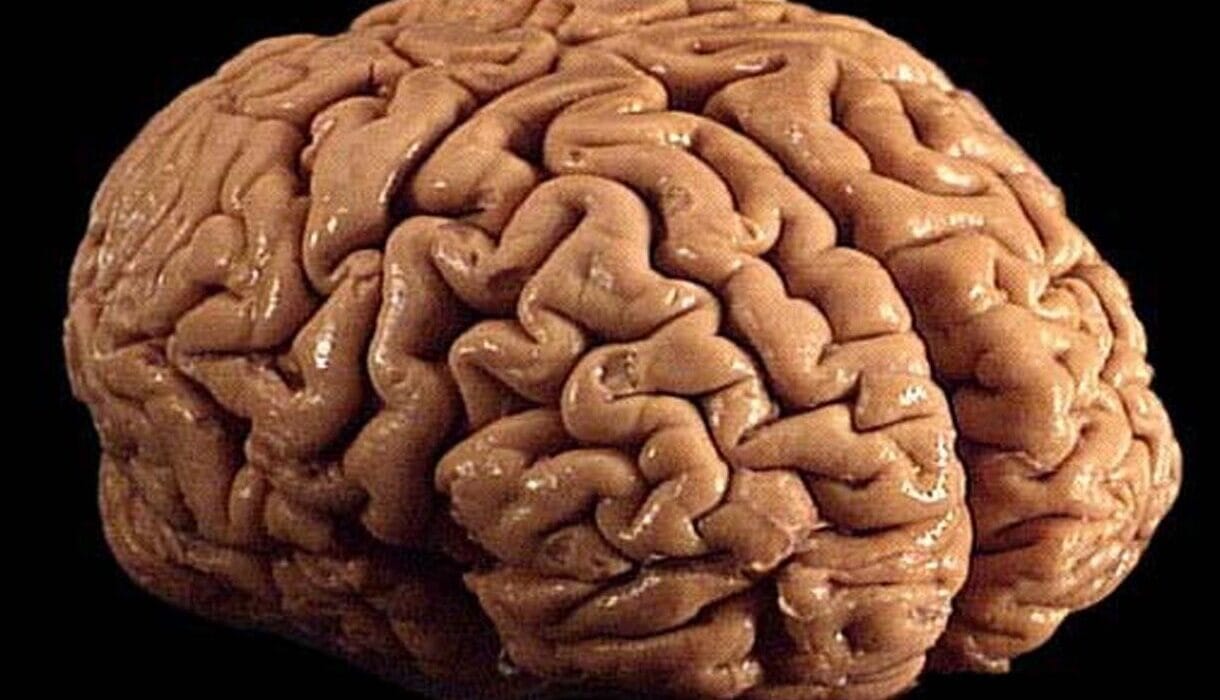Chronic lower back pain can be life-altering. For millions of people worldwide, especially those suffering from lumbar discogenic pain, the relentless ache erodes not only physical function but also quality of life. For those who fail to respond to conservative treatments—like physical therapy, pain medications, and steroid injections—options narrow dramatically. Surgery, with all its risks and recovery demands, often becomes the only path left.
But what if there were a less invasive, biologically intelligent alternative?
Thanks to new research sponsored by VIVEX Biologics, Inc., hope is emerging in the form of VIA Disc NP—an allogeneic, cadaver-derived disc tissue product designed to be injected directly into degenerating spinal discs. A recent clinical study has spotlighted the potential of this innovative treatment to offer sustained relief for patients battling chronic discogenic pain.
Understanding Discogenic Pain and the Clinical Challenge
Discogenic pain is among the most complex and frustrating forms of chronic low back pain. It arises when the nucleus pulposus—the gel-like core of intervertebral discs—begins to deteriorate. This core plays a vital role in maintaining disc height, distributing mechanical loads, and cushioning spinal vertebrae.
As degeneration progresses, biochemical and structural changes within the disc can lead to inflammation, nerve irritation, and micro-tears. Patients experience this as deep, persistent back pain that intensifies with movement, sitting, or bending. Over time, physical activity becomes limited, daily functioning declines, and quality of life suffers immensely.
Conventional conservative treatments can help manage symptoms, but for many patients, they provide only temporary or inadequate relief. Once these options fail, the next step has often been surgery—either spinal fusion or disc replacement—each carrying significant risks, long recovery times, and potential complications.
This clinical gap has catalyzed interest in minimally invasive biologic therapies. Among the most promising of these is VIA Disc NP.
The Promise of VIA Disc NP: A Regenerative Strategy
VIA Disc NP represents a novel approach in spine care. It is made from cadaveric nucleus pulposus tissue that has been carefully processed and micronized into a fine injectable form. The product is reconstituted with saline and delivered directly into the patient’s degenerating disc space under imaging guidance.
Why this approach? Because VIA Disc NP is designed to restore biochemical integrity to the nucleus pulposus. By supplementing the disc with healthy allogenic tissue, it may help reestablish disc hydration, reduce inflammation, and potentially halt or reverse degeneration.
The recently published study in BMC Musculoskeletal Disorders set out to investigate whether a single injection of VIA Disc NP could yield tangible improvements in pain and function for patients with chronic lumbar discogenic pain who had exhausted other treatment options.
The Study at a Glance
Titled “Supplemental Nucleus Pulposus Allograft in Patients with Lumbar Discogenic Pain: Results of a Prospective Feasibility Study,” the study was conducted at six clinical sites across the United States.
- Sample Size: 28 adult participants
- Completion Rate: 22 participants completed the 12-month follow-up
- Intervention: Single 100 mg injection of VIA Disc NP under fluoroscopic guidance
- Targeted Levels: Lumbar discs L1-S1
- Follow-Up Timeline: 1, 3, 6, and 12 months post-injection
Participants were carefully selected based on strict criteria, including diagnosis of lumbar discogenic pain unresponsive to conservative management. The entire procedure was performed on an outpatient basis, and patients were discharged the same day.
Results That Inspire Hope
The outcomes of the study were nothing short of encouraging. Across all key metrics, patients reported significant improvements in both pain levels and functional capacity.
Pain Reduction
- Numeric Rating Scale (NRS) scores decreased from an average of 7.1 at baseline to 3.8 at 12 months—a 43% reduction in perceived pain.
- 64% of patients experienced a 30% or greater reduction in pain severity.
- 55% achieved a 50% or greater reduction in pain intensity.
- Nearly 60% reported a pain score of 3 or less at the one-year mark, meeting the Patient Acceptable Symptom State (PASS) threshold—an indicator that pain was now manageable and acceptable.
Functional Improvement
- Oswestry Disability Index (ODI) scores—a measure of disability due to back pain—decreased by 50% from baseline to 12 months.
- 59% of participants saw a clinically meaningful reduction in disability (defined as at least a 30% improvement).
- The proportion of participants reporting severe or crippled disability fell from 82% at baseline to just 18% after one year.
These numbers suggest not only a decrease in pain but also a renewed ability to perform daily activities, move freely, and reclaim independence—outcomes that truly matter to patients.
Safety Profile and Tolerability
Safety is paramount when considering biologic interventions, particularly those involving spinal structures. In this study, VIA Disc NP was well-tolerated:
- Mild or moderate adverse events such as back pain, thigh pain, or muscle spasms occurred in only three participants and resolved on their own.
- One serious adverse event—localized inflammation at the injection site—was linked to the procedure, not the product, and resolved without surgical intervention.
These results bolster the product’s profile as a safe and viable minimally invasive option, particularly for patients reluctant or unable to undergo major spinal surgery.
The Future of Spinal Biologics
While the data are promising, the authors acknowledge important limitations:
- The small sample size limits statistical power.
- Lack of a control group prevents definitive conclusions about comparative efficacy.
- No follow-up imaging was performed to assess structural changes within the discs over time.
Nevertheless, these early results provide a compelling case for further investigation. Larger, randomized controlled trials are now needed to validate efficacy, durability, and long-term safety. Imaging studies could help determine whether VIA Disc NP not only alleviates symptoms but also promotes structural regeneration within the disc.
Bridging the Treatment Gap
VIA Disc NP does not aim to replace surgery, but it could significantly delay or even eliminate the need for it in many cases. For patients who fall into the gray zone—where conservative management fails but surgery seems too extreme—this biologic injection could serve as a transformational middle ground.
The potential impact is profound:
- Short outpatient procedure
- Minimal recovery time
- Reduced reliance on opioids and steroid injections
- Improved long-term patient satisfaction
As the healthcare field increasingly embraces personalized, regenerative, and non-invasive therapies, VIA Disc NP stands at the forefront of a new era in spine care.
Conclusion: A Glimmer of Hope for Millions
Chronic lumbar discogenic pain has long been a therapeutic puzzle, frustrating patients and clinicians alike. But with the advent of biologic solutions like VIA Disc NP, a new paradigm is beginning to take shape—one that prioritizes tissue restoration over removal, minimally invasive solutions over radical surgeries, and long-term relief over short-term patches.
This groundbreaking study sponsored by VIVEX Biologics, Inc. offers a hopeful glimpse into that future. While more data are needed, the trajectory is clear: regenerative medicine may soon become a cornerstone of spine treatment.
For patients burdened by unrelenting pain and limited options, that future can’t come soon enough.
Reference: Douglas P. Beall et al, Supplemental nucleus pulposus allograft in patients with lumbar discogenic pain: results of a prospective feasibility study, BMC Musculoskeletal Disorders (2025). DOI: 10.1186/s12891-025-08701-0






